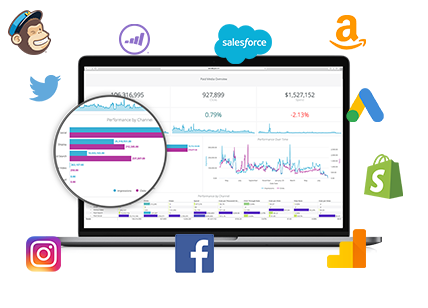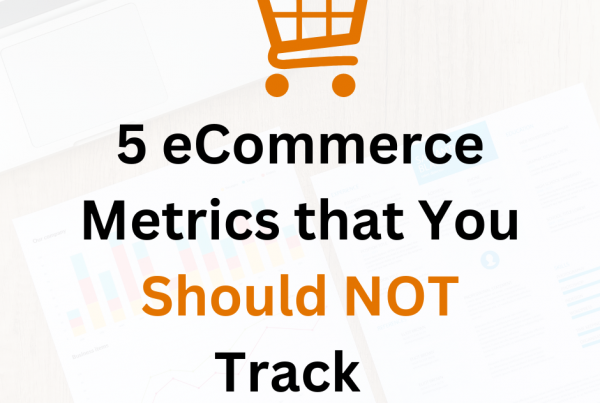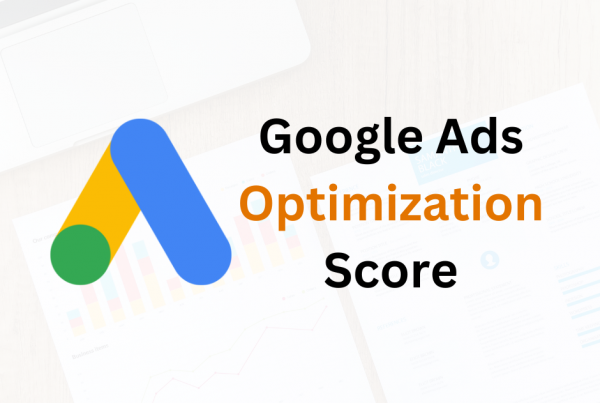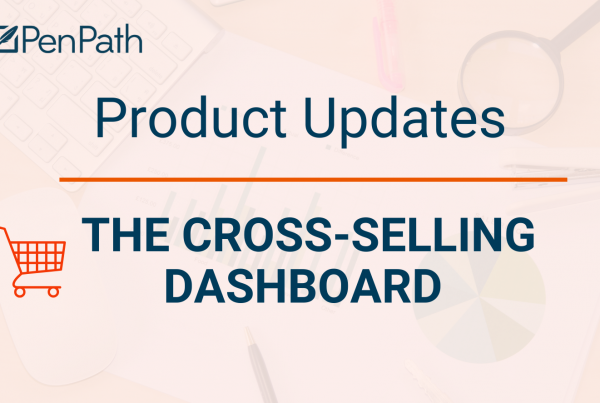Yes, he makes amazing dashboards. Yes, he knows every marketing KPI. Yes, those are baseline expectations from any analytical solutions provider today. But Alex Cruz does the hard part too: He and his team at PenPath make sure your CEO is happy. Because spending money on data is easy. Making money on data? That’s the key. Cruz recently talked with Chris Tauber of Data for Execs magazine on how he tackles that.
Today so many businesses are overwhelmed with data. How do you tackle that with PenPath?
The business side of me has always been drawn to the most important question: What does it all mean? The creative side of me always focuses on the story of the data, not just the metrics and charts. There’s an intersection between data and creative and the story that data can tell to persuade and inform.
I started a marketing agency when I was younger, and I quickly saw how you could optimize performance with data. I became very passionate about it. As marketing tools have evolved and the amount of data became tremendous, I created PenPath, a marketing intelligence company, to help businesses get the most value from their data. We bring it all together to show the story.
What was a big “aha” insight from data?
We’ve had a lot of “aha” moments. That even goes back to my early entrepreneur days when I started a content website in college called livingthecollegelife.com. OK, looking back, maybe that name wasn’t so creative. [Laughs]
Anyway, I was managing writers all over the country, and we were obsessive about tracking the attribution channels for all their content. Google organic search was big early on, but then we saw the rise of social media. So we dug into the data, isolated the top sources, analyzed it alongside the content, and created new guidelines. That transformed how I ran the business. And that was the genesis for PenPath. You can imagine from there all the stories we’ve told.
What’s one story that really helped a client?
One of our early clients here in St. Louis wanted to be data-driven but they really didn’t know what that meant. They needed to turn their information into actions that improved their business. We talked with their leadership team about strategic goals and what data they had.
Very quickly, we were able to attribute their sales to acquisition channels, and Bing jumped out a surprising revenue driver — their 3rd biggest channel! But what was their marketing budget for Bing? Zero dollars.
The story behind Bing was that this client appealed to an older demographic on Microsoft PCs. These customers would quickly search Bing and then purchase. The conversion rate was very high.
We told that story, and the client quickly shifted their marketing budget. The sales increase was immediate. They saw a dramatic year-over-year lift that wouldn’t have been possible without having those key insights into customer behavior.
How do you take a data story like that and tie it to the customer journey?
You definitely need to understand a client’s ideal customer. Then we talk with a client on the top business objectives to reach that customer. Sometimes clients are already tracking the right KPIs to align to those objectives. But sometimes they aren’t — and that’s a huge opportunity.
Typically we then dive into the data on their customer leads and their year-over-year sales trends. We want to know what’s most important to the CEO, which then guides what to prioritize for the directors, and then what data the analysts need to have.
We start at that very high level of strategy and customer, which then guides our data stories.
For companies who need to evolve their KPIs, what’s that process?
The process is built from a series of questions. Where are you sales coming from now? Where do you want your sales to come from next? What type of customers will make that happen? It’s those high-level CEO questions that then show us what’s most important and avoid us getting caught up in a jungle jumble of generic marketing KPIs.
We worked with one client who, No. 1 objective, needed growth in digital sales. Knowing that, we started digging in and the biggest problem became obvious right away. Their internal point-of-sale system wasn’t tracking sales attributed to the website, let alone multi-touch attribution across marketing channels. So we tackled that immediately, then aligned the data sources and dashboards accordingly.
Fortunately, that process is repeatable. And it allows our clients to adjust what they’re doing, to do more of what’s working and less of what’s not.
And your process sounds like it would be very similar across industries.
Absolutely. I started PenPath as a digital marketing agency that evolved into a more holistic business intelligence partner. So we understand at a tactical level the type of marketing initiatives, data sources and metrics that companies need. That’s the relatively easy part. The hard part is making sure all of our dashboards, reporting and insights tier up to the client’s highest-level business strategy. But every industry needs that most.
When that process is complete, what does success look like?
Well, for marketers, success is when they can be creative again. They have the confidence that their efforts are driving business higher. They aren’t in the data weeds, stuck in too many dashboards and too many metrics. Marketers usually got into their career to be creative, yet they’re often saddled with needing advanced analytical understanding just to get through their day-to-day. That sucks their time and energy away from where their real talents are.
And what does the future look like for storytelling with business data?
Everything has accelerated. Every day, we see more platforms, more data sources, more and more data. But having more data doesn’t automatically equate to better business. It can actually lead to a feeling of less control.
It’s like data is the new oil, and there’s a rush to get more of it. But oil by itself isn’t useful. It can’t fuel a car or an airplane. It needs to be refined first. PenPath is like a refinery. We take this huge resource and make it useful. We create these amazing data blends that are like rocket fuel for a marketing engine — if that’s still the right analogy. [Laughs]
To always be ready for the future, we continually put our team through rigorous training. We focus on what inspires customers to buy, how to optimize marketing budgets, and what’s realistic to ask of data.
Through all of that, our main purpose is timeless. We answer the most important question, “What does it all mean?’ That starts with understanding what the business needs to achieve and ends with the data sources and dashboards that show the most valuable stories.
Need our help with dashboards? Reach out to us to see how PenPath can solve your marketing data, insights, and analysis problems.






